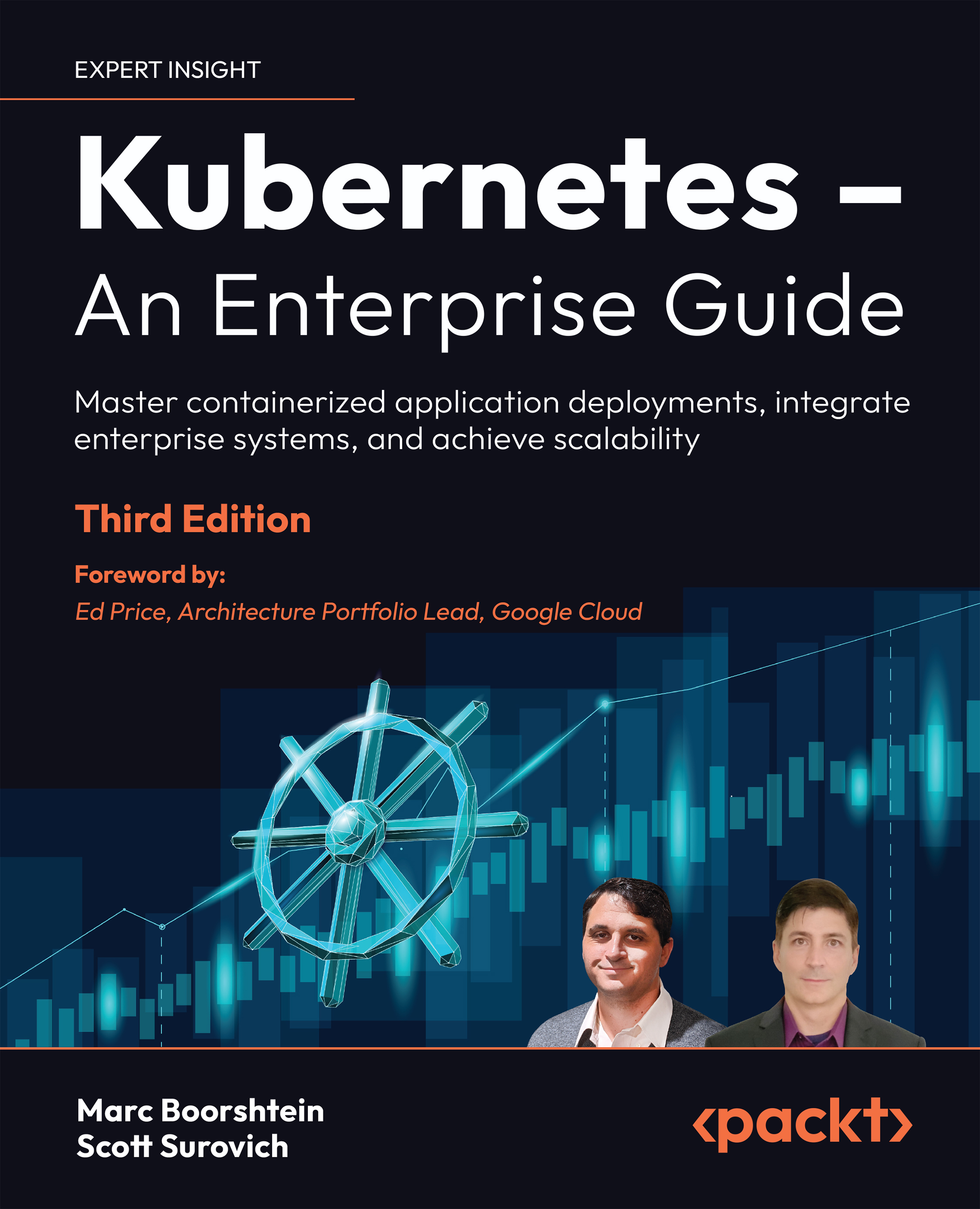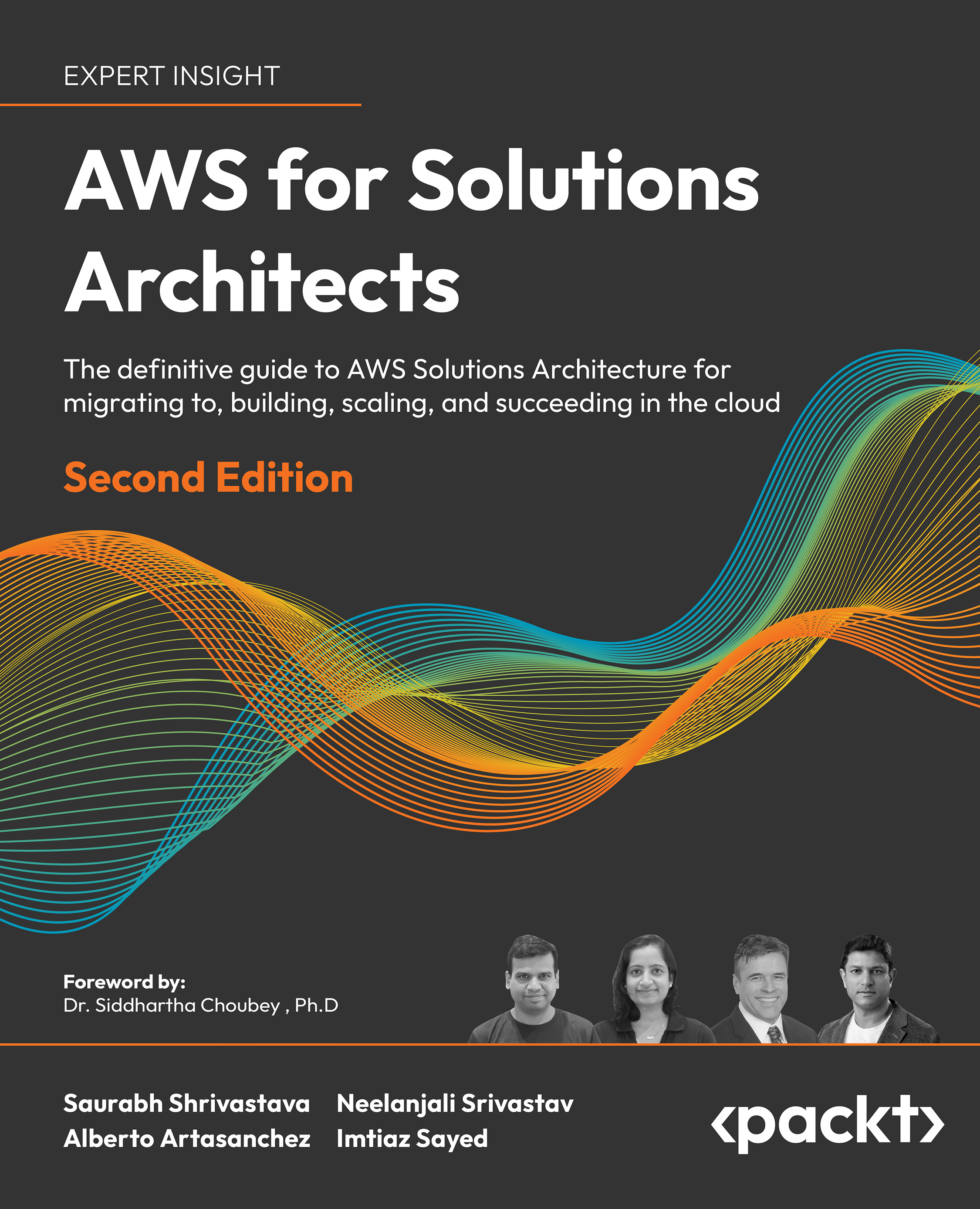-
Design, implement and support complex Oracle 11g RAC environments
-
Understand sophisticated components that make up your Oracle RAC environment such as the role of High Availability, the required RAC architecture, the RAC installation and upgrade process and much more!
-
Get hold of new RAC components such as ASM (Automatic Storage Management) features, performance tuning, and troubleshooting
-
Deploy Oracle 11g with complex standard off-the-shelf ERP systems like Oracle EBS
-
Packed with practical, real-world examples, expert tips, and troubleshooting advice on how to administer a complex Oracle 11g RAC environment
-
Bonus Oracle 11g RAC R2 information included
RAC or Real Application Clusters is a grid computing solution that allows multiple nodes (servers) in a clustered system to mount and open a single database that resides on shared disk storage. Should a single system (node) fail, the database service will still be available on the remaining nodes. RAC is an integral part of the Oracle database setup: one database, multiple users accessing it, in real time. This book will enable DBAs to get their finger on the pulse of the Oracle 11g RAC environment quickly and easily. This practical handbook documents how to administer a complex Oracle 11g RAC environment. It covers all areas of the Oracle 11g R1 RAC environment, with bonus R2 information included, and is indispensable if you are an Oracle DBA charged with configuring and implementing Oracle11g. It presents a complete method for the design, installation, and configuration of Oracle 11g RAC, ultimately enabling rapid administration of Oracle 11g RAC environments.Packed with real-world examples, expert tips, and troubleshooting advice, the book begins by introducing the concept of RAC and High Availability. It then dives deep into the world of RAC design, installation, and configuration, enabling you to support complex RAC environments for real-world deployments. Chapters cover RAC and High Availability, Oracle 11g RAC Architecture, Oracle 11g RAC Installation, Automatic Storage Management, Troubleshooting, Workload Management, and much more. By following the practical examples in the book, you will learn every concept of the RAC environment and how to successfully support complex Oracle 11g R1 and R2 RAC environments for various deployments in real-world situations.
If you are an Oracle DBA who wants to administer Real Application Clusters, then this book is for you. Basic understanding of Oracle DBA is required, but no experience of RAC is needed.
-
Administer, implement, and manage Oracle 11g RAC environments for real-world deployments
-
Understand the high availability concepts and solutions that are available for Oracle 11g RAC
-
Discover the key architectural design and installation techniques required to successfully deploy Oracle 11g RAC
-
Add functionality to your RAC environment by incorporating new RAC features such as Automatic Storage Management
-
Effectively manage the complex 11g Clusterware, using key troubleshooting tips and techniques.
-
Successfully implement database creation methods, manage the RAC database, and handle workload in your RAC environment efficiently
-
Plan your backup and recovery strategy appropriately
-
Know when and how to upgrade your RAC environment effectively
-
Deploy Oracle 11g RAC with complex standard-off-the-shelf systems like Oracle EBS
-
Understand key new features for 11g R1/R2 RAC and ASM
 United States
United States
 Great Britain
Great Britain
 India
India
 Germany
Germany
 France
France
 Canada
Canada
 Russia
Russia
 Spain
Spain
 Brazil
Brazil
 Australia
Australia
 Singapore
Singapore
 Canary Islands
Canary Islands
 Hungary
Hungary
 Ukraine
Ukraine
 Luxembourg
Luxembourg
 Estonia
Estonia
 Lithuania
Lithuania
 South Korea
South Korea
 Turkey
Turkey
 Switzerland
Switzerland
 Colombia
Colombia
 Taiwan
Taiwan
 Chile
Chile
 Norway
Norway
 Ecuador
Ecuador
 Indonesia
Indonesia
 New Zealand
New Zealand
 Cyprus
Cyprus
 Denmark
Denmark
 Finland
Finland
 Poland
Poland
 Malta
Malta
 Czechia
Czechia
 Austria
Austria
 Sweden
Sweden
 Italy
Italy
 Egypt
Egypt
 Belgium
Belgium
 Portugal
Portugal
 Slovenia
Slovenia
 Ireland
Ireland
 Romania
Romania
 Greece
Greece
 Argentina
Argentina
 Netherlands
Netherlands
 Bulgaria
Bulgaria
 Latvia
Latvia
 South Africa
South Africa
 Malaysia
Malaysia
 Japan
Japan
 Slovakia
Slovakia
 Philippines
Philippines
 Mexico
Mexico
 Thailand
Thailand
















